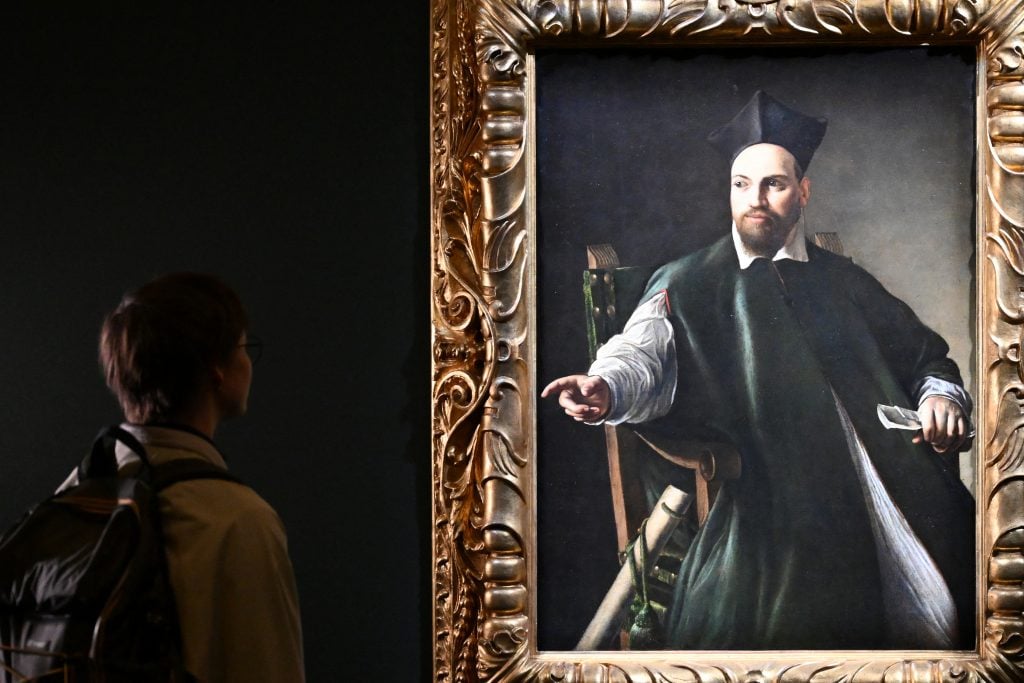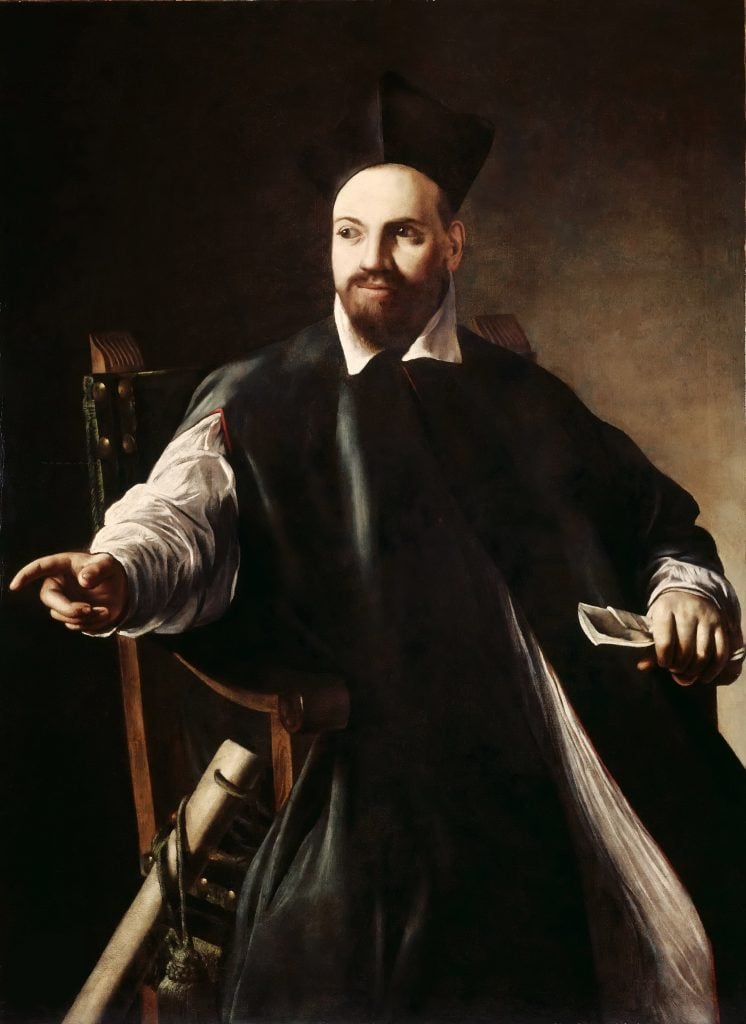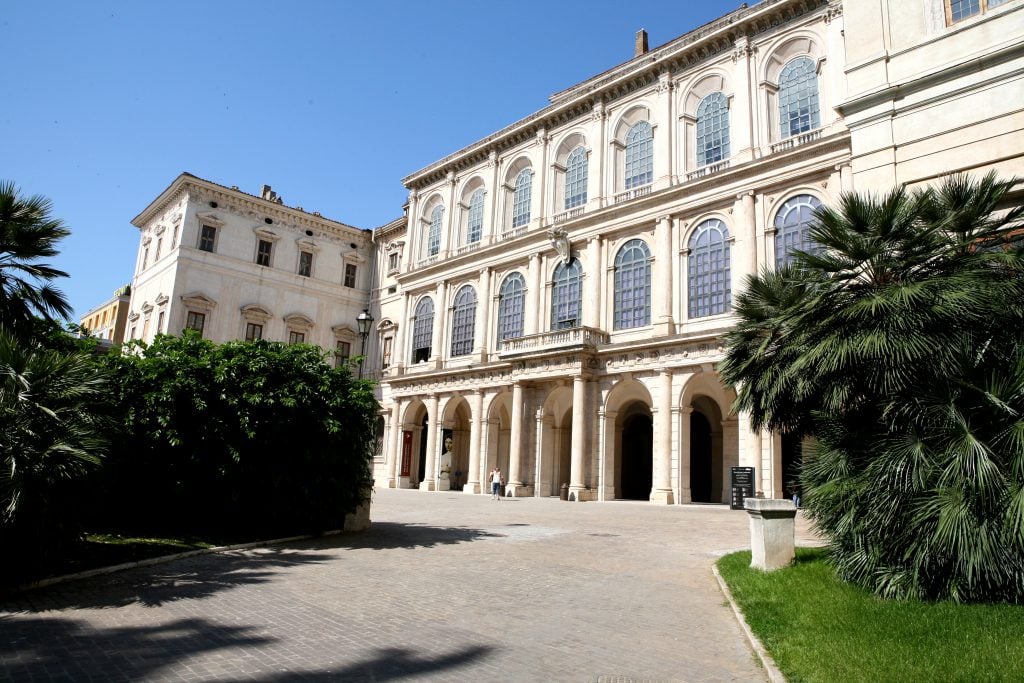Art & Exhibitions
Caravaggio’s Painting of a Future Pope—Hidden for Years—Is Unveiled in Rome
The sitter, Maffeo Barberini, became pope in 1623.

Maffeo Barberini lived up to the lofty expectations of his aristocratic parents by being elected pope in 1623. Aside from expanding the papal states, repelling a radical French theological movement, and navigating the Thirty Years’ War, Urban VIII found time to patronize the arts (Gian Lorenzo Bernini was his personal favorite).
Barberini had cultivated artistic tastes early on. In 1598, his friend and fellow clergyman Francesco Maria del Monte had taken a struggling artist under his wing (housing him at his family palazzo) and suggested Barberini commission a portrait. That artist was Michelangelo Merisi da Caravaggio and the work he painted, of a quietly vigorous 30-year-old, is now on display to the public for the first time.
Fittingly, the venue is Urban VIII’s old familial haunt, Palazzo Barberini in Rome, which now houses the National Gallery of Ancient Art. It was built during Urban VIII’s papacy by Bernini and architect Carlo Maderno and remained in the family into the 20th-century.

Caravaggio, Portrait of Maffeo Barberini (1598). Photo: Getty.
The painting was passed from one generation to the next for roughly 300 years and only left the Barberinis in the 1930s when the family sold off its estate. As such, it has no accompanying documentation and remained a work unknown until the 1960s, when Roberto Longhi, an Italian Caravaggio scholar, published an article on the Barberini portrait.
While only a handful of specialists have seen the painting in person, there is broad academic agreement that the work, which is held by an unnamed private collection in Florence, is a Caravaggio. The case may be proved one way or the other given a promise by the organizers “to study the work in greater scientific-critical depth.”

The Palazzo Barberini in Rome now houses the National Gallery of Ancient Art. Photo: Getty Images.
By the time of the painting in 1598, Barberini had obtained a law doctorate from the University of Pisa and with the help of his aristocratic connections had moved through a series of important church appointments. Within a couple of years he will be the papal legate in France. The painting shows a seated Barberini emerging from shadow, his face spotlit and glowing. He appears modestly dressed in simple a black cap and gown and steers his gaze off to the side. The portrait may not boast the bold flair of Caravaggio’s broader oeuvre — such as Judith Beheading Holofernes (1602) or Narcissus (1599) which stand nearby at the Palazzo Barberini —but the mastery of light is certainly evident.
“The heart of the painting lies in the hands, the left hand clutching a letter and the right hand emerging from the painting,” said co-curator Paola Nicita in a statement. “It is a painting that expresses itself through gestures.”
“Caravaggio – The Portrait Unveiled” is on view at the Barberini Palace, Rome from November 23 through February 23.





